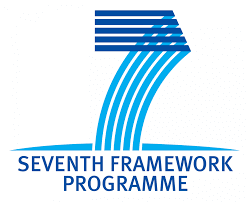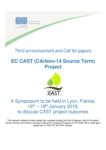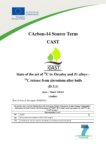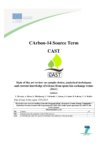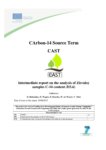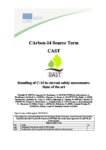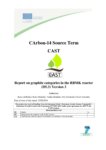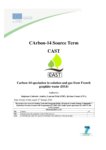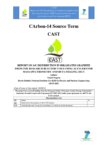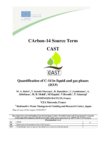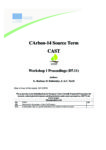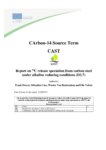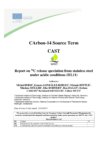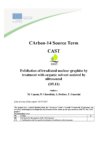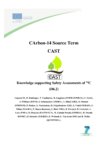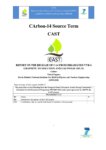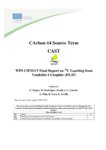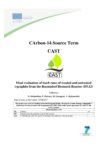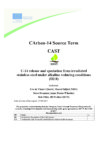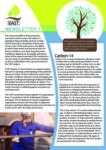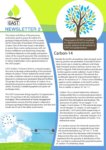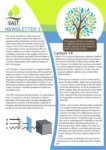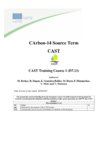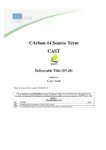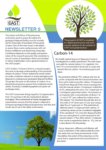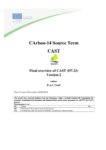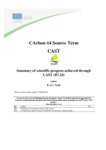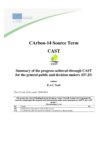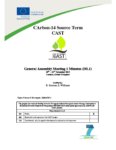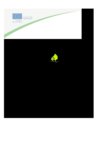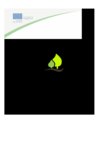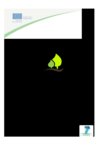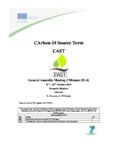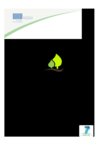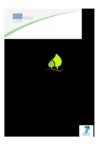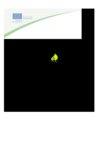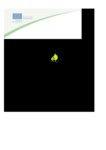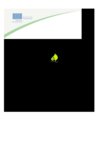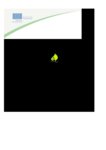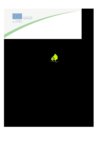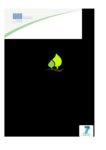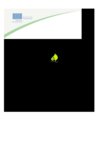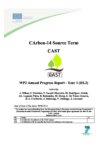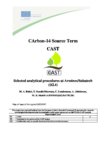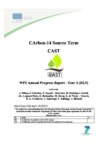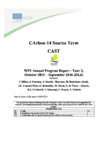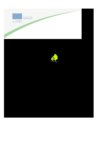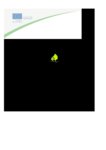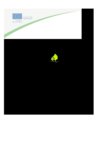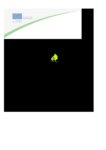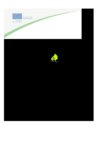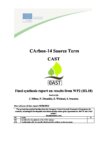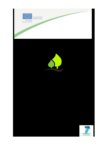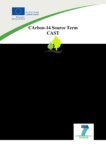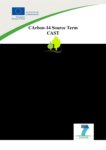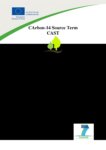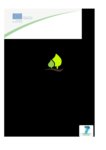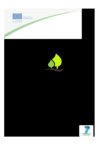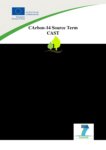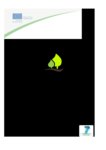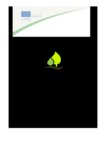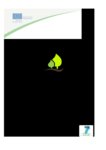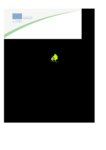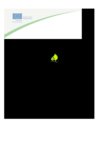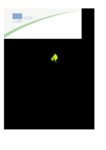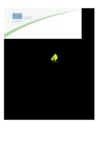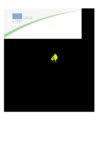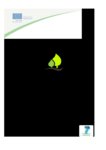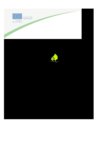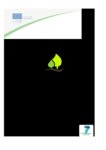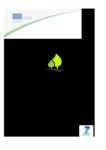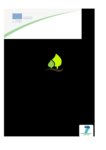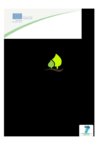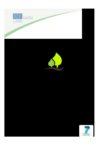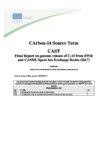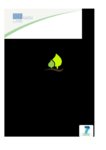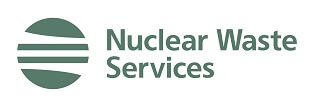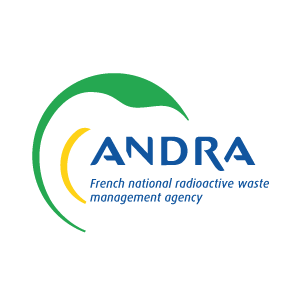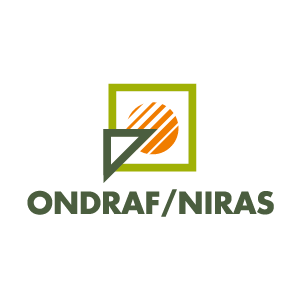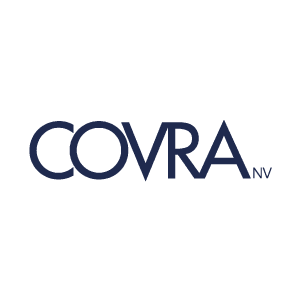CAST: CArbon-14 Source Term
The CAST project (CArbon-14 Source Term) aimed to develop understanding of the potential release mechanisms of carbon-14 from radioactive waste materials under conditions relevant to waste packaging and disposal in underground geological disposal facilities.
Overview
Project Dates: 1/10/2013 – 31/03/2018
Project Status: Finished
Project Website: www.projectcast.eu
In our atmosphere, carbon-14 is continuously generated from nitrogen (about 80% of air) and is incorporated into all living things. When a species dies, the incorporation of this cosmogenically generated carbon-14 stops and its content decreases by radioactive decay. The degree of carbon-14 decay in material from once living things allows archaeologists to determine how old their findings of biological origin (e.g. a wooden tool) are. Carbon-14 is also generated in nuclear reactors, for example, during irradiation of metals containing nitrogen or carbon additions. These materials are considered radioactive waste for which special safety measures are and will be taken. The CAST project (CArbon-14 Source Term) aimed to develop understanding of the potential release mechanisms of carbon-14 from radioactive waste materials under conditions relevant to waste packaging and disposal in underground geological disposal facilities. The expected increase in understanding should decrease uncertainties in the long-term safety assessment and increase confidence in the safety case.
The CAST consortium brought together 33 partners with many different skills and competences both in geological disposal of difference waste types, but also in developing safety cases and on planning and implementing experimental programmes on gas generation. The consortium included national waste management organisations, research institutes, universities and commercial organisations working in this field. The involvement of the waste management organisations (the end-users of the outcome in the form of process understanding, data and competence) ensured that the project focused on important and outstanding issues. It also ensured that the project aligned to European national programmes and thus that results are used as intended. Two partners were from outside Europe – one from the Ukraine (SI IEG NASU) and one from Japan (RWMC). This offered a unique extension of scientific basis to the project, as well as an insight into how other national programmes manage the issue of carbon-14.
CAST was a collaborative project that received funding from the European Union’s Seventh Framework Programme for research, technological development and demonstration.
Objective
The scope of CAST was defined through a process of consultation initiated by a questionnaire circulated to a wide range of organisations. A synthesis of the responses to the questionnaire showed that carbon-14 release from irradiated steels, Zircaloys, graphites and from ion-exchange resins were of widest interest. The responses indicated that there were several on-going (or planned studies) on irradiated graphites and uncertainties on carbon-14 release rates and speciation remain to be resolved. However, there was less on-going work and little information available for the release of carbon-14 from irradiated steels, Zircaloys and ion-exchange resins.
Therefore, the objectives of CAST were to:
- gain a scientific understanding of the carbon-14 release mechanisms and rates from the corrosion of irradiated steels and Zircaloys and from the leaching of ion-exchange resins and irradiated graphites under geological disposal conditions;
- provide speciation of the carbon-14 release and how this relates to aqueous conditions;
- evaluate this understanding in the context of national safety assessments; and
- disseminate this understanding and its relevance to safety assessments to a range of interested stakeholders and provide an opportunity for training of early career researchers.
These objectives address Topic 2 in Key Topic 2 (Understanding the Wastes) of the IGD-TP Strategic Research Agenda, which identifies a need for improved data and understanding of the underpinning scientific mechanisms of the release of radionuclides and chemical species from various long-lived Intermediate Level Wastes. This includes detailed characterisation methods, issues related to adequate inventory determinations, chemical form, speciation on release and transport in the near field and far field.
Programme
Data for rates of release of carbon-14 and its speciation are sparse. Therefore, in safety assessments it is often assumed that carbon-14 is released from irradiated metals in a single chemical form at a rate dependent on the corrosion rate of the metal and the inventory of carbon-14. Similarly, estimates of the rate of release from irradiated graphite may be based on simple assumptions about the proportion of the carbon-14 that is ‘labile’ and on short-term leaching results. CAST investigated the release of carbon-14 from irradiated steels, irradiated Zircaloys, spent ion exchange resins (IEX) and irradiated graphites. A work package was devoted to each type of material in which fundamental scientific experiments will be performed and conceptual models for carbon-14 release were developed. CAST aimed to provide a significant advance on the current understanding by obtaining direct experimental data for the rates of release of carbon-14 from these waste components, rather than relying on hypotheses based on assumptions about speciation and distribution and extrapolation from corrosion rate data that may be around the limit of detection.
The impact of the results of CAST on the safety arguments and assessments of geological disposal across a range of concepts was considered through a specific work package: Safety case relevance. This enabled key messages on repository design and future R&D requirements to be developed without risk of a narrow focus. CAST took into account information from relevant existing studies, including those carried out as part of CARBOWASTE and FORGE, in developing these key messages.
The CAST project was carried out in seven Work Packages (WPs).
WP1 Co-ordination
The main objectives for WP1 co-ordination were:
- to manage and coordinate the project and provide support to the different work packages;
- to advise and support the work package leaders in the work package planning;
- to assist WP7 with the public information to be shared on the CAST website;
- to collect and compile project management information for the project to ensure compliance with the requirements set out in the consortia agreement and the EC Grant agreement;
- to organise the distribution of EC financial contributions and collection of audit certificates; and
- to provide a means of quality assurance and control of project results.
WP Steels
The main objectives for WP2 Steels were:
- to develop analytical techniques for identification and quantification of 14C species formed during corrosion of irradiated steels under conditions relevant to cement-based repositories;
- to validate existing activation models by measuring 14C inventories in irradiated steel;
- to carry out experiments and modelling to further our understanding of the speciation and rate of 12C/13C and 14C release from corrosion of irradiated and unirradiated steels under conditions relevant to deep geological repositories; and
- to incorporate information from existing and on-going projects elsewhere on steel corrosion into this work package, to make the current understanding available.
WP3 Zircaloy
The objective of WP3 Zircaloy was to obtain a better understanding of 14C behaviour in waste Zr fuel claddings under disposal conditions with regard to 14C inventory (and origins), release from waste packages and speciation of released 14C. This was achieved by:
- assessing 14C inventories in zirconium alloy metals and oxides;
- characterising 14C release from Zr corrosion and Zr oxide dissolution determining 14C speciation under simulated disposal conditions.
WP4 Ion Exchange Resins
The objective of WP4 Ion Exchange Resins was to obtain a better understanding of the 14C source term from spent ion-exchange resins of Boiling and Pressurized Water Reactors under different storage strategies and likely release and chemical species under geological disposal conditions. This will be achieved by reviewing the current status of understanding, characterising the 14C inventory and its speciation and undertaking experiments to measure 14C release to gas and solution and its speciation.
WP5 Graphite
The objective of WP5 Graphite was to understand the factors determining release of 14C from irradiated graphite (i-graphite) under geological disposal conditions. This was achieved through:
- determining the 14C inventory and concentration distribution in i-graphites and factors that may control these;
- measuring the rate and speciation of 14C release to solution and gas from i-graphites in contact with aqueous solutions; and
- determining the impact of selected waste treatment options on 14C release and relating this to the nature of 14C in i-graphite.
WP6 Safety Case Relevance
WP6 Safety case relevance regrouped the Waste Management Organisations (WMOs) participating in CAST with the aim of:
- combining the results of WP 2 – 5 to deliver sound scientific basis and safety relevant information;
- considering the CAST results in the context of safety cases;
- identifying commonalities and differences between national programmes and;
- providing conclusions and recommendations over possible future studies and orientations to waste management organisations. WP6 acted as an integration exercise to ensure that the results from WP2 to 5 are as relevant to the safety cases for the end-users, the WMOs, as possible.
WP7 Dissemination
The objectives of WP7 Dissemination were to disseminate information about CAST activities and results (provided they are suitable for public circulation) as widely as possible to various target groups having an interest in the project and its results. For public dissemination, workshops were held for waste management organisations, regulators and waste generators. Information has been provided in reports, presentations in scientific fora, scientific publications and newsletters for laypeople. There were also training courses to actively train early-career participants in CAST activities.


